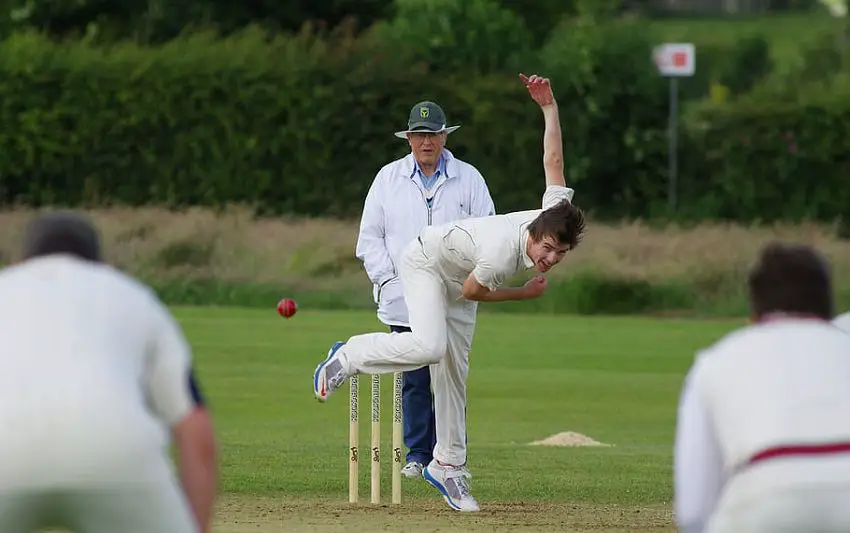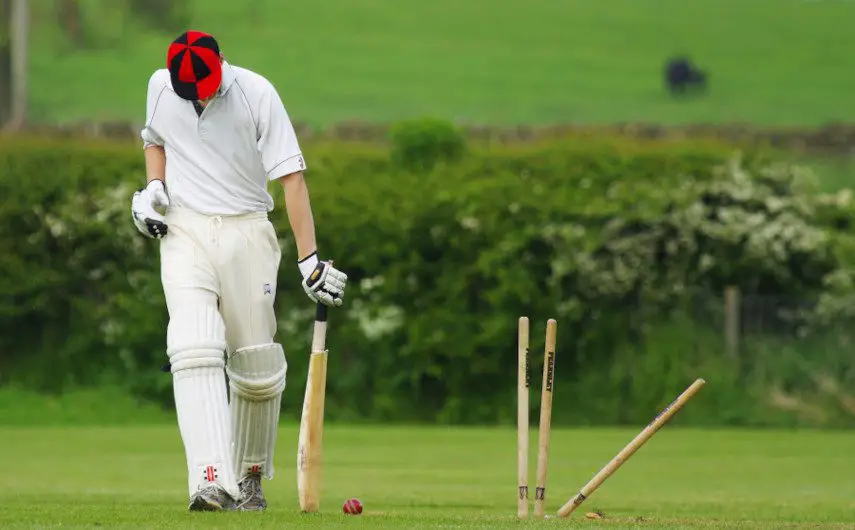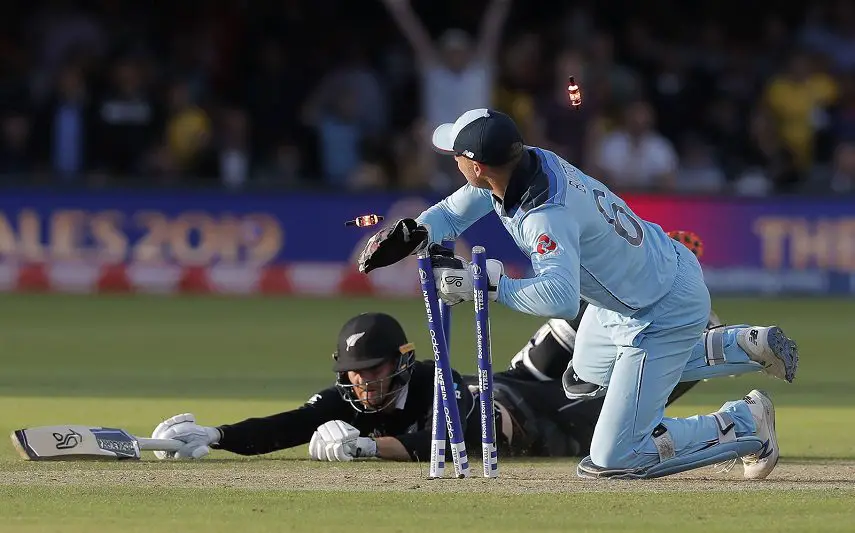Table of Contents
In the sport of cricket, those who are responsible for upholding the laws on the field of play are the umpires. There are three of them directly involved in the match while another is held in reserve. In addition, there is a referee who has an entirely different job to undertake and most of their tasks take place off the field.
What is the Difference between Umpire and Referee in Cricket?
Cricket has both umpires and referees. Umpires are responsible for making decisions during the game while the referee will mostly deal with any issues of poor discipline that have arisen in the match. Additionally, the referee will oversee the toss before the game and they will judge the quality of the playing conditions.
In contrast to referee roles in other sports such as rugby and football, a cricket referee does not officiate on the field while the match is in progress.
What do the Umpires do in Cricket?
Two umpires will officiate during the match but their duties will start before play actually begins. As part of their roles, they will inspect the pitch and the rest of the playing area to ensure that the dimensions are correct and that everything is correctly marked out. The pitch must be fit for play and not adversely affected by rain or any other external conditions.

The umpires will then walk to take up their positions five minutes before the start of play. They will decide between them as to which ends they will take as the game begins.
During the match, the umpires have a number of roles to play in order to ensure that the game runs smoothly and within the laws. Deliveries have to be counted and overs recorded. Umpires will also make decisions over potential dismissals such as LBW, caught behind, stumped and run out. Unless a dismissal is obvious, the fielding side has the right to make an appeal and the umpires have to decide whether the batsman is out or not out.
The two main match umpires also have to judge illegal deliveries such as wides and no balls. Additional umpire signals for byes, leg byes, sixes and fours, amongst others are also required in order that scorers can correctly record the progress of the game.
Among additional duties placed on those match umpires, the officials call time for lunch and tea breaks together with the close of play.
In addition to the two umpires deployed on the field of play, there is a third official in place. The third umpire, also known as the TV umpire, has a number of roles to support his or her colleagues from behind the scenes.
One of the tasks that the TV umpire undertakes is to adjudicate on any decisions that the standing umpires need to refer. For line decisions such as run outs and stumpings, the third umpire will have access to television replays that confirm whether or not the batsman is out.
Decision Review System (DRS) calls have also been referred to the third umpire since they were introduced into international cricket back in 2011. The TV umpire will be asked to go through various processes in order to adjudicate on player referrals on decisions such as lbw and caught behind.
TV umpires are also asked to rule on fair catches and to confirm whether or not the ball has touched the ground.
The third umpire has additional, minor duties to attend to during the course of a game of cricket. These might include bringing out a selection of replacement balls if the original has been lost or damaged.
Finally, a third umpire can replace a standing umpire if the latter becomes injured or incapacitated for any reason. With this in mind, a reserve umpire is also nominated ahead of a match. The reserve umpire will only become involved if they have to take over the duties of the third umpire.
What does the Match Referee do in Cricket?
The match referee is in place for all cricket matches and his or her role is distinct from that of all the umpires. Essentially, the match referee is responsible for making sure that the International Cricket Council (ICC) Code of Conduct is upheld during the game.

That Code of Conduct largely covers areas such as discipline that might not be addressed while the match is in progress. A player who has breached the code may not be punished during the game but the match referee has the power to apply sanctions such as fines and suspensions once it’s been concluded.
A match referee’s duties begin with the toss which they will oversee. They will ensure that the procedure takes place correctly and will record who wins the toss before deciding whether to bat or bowl.
Once that procedure has been concluded, the referee will remain off the field of play for the rest of the game. They will, however, be situated in a room that provides direct viewing access to the match. They will not make a decision while the game is in progress but will be on hand to make notes of anything that they feel is relevant.
At the end of the game, the match referee will submit their report to the ICC. Within that report, they will have listed any transgressions of the code of conduct or the laws of cricket. Infringements can include showing dissent to an umpire following a decision or a side may be punished for a slow over rate.
A match referee will also provide a pitch report which confirms whether or not the playing conditions were fit for purpose.
Conclusion
The umpire and the referee have clear roles to play during any game of cricket. They aren’t, however, remote from each other and they will consult on any Code of Conduct measures that need to be addressed.
Cricket is a unique sport in many ways and it’s certainly unusual to have both a referee and umpires in place during a match. Players and followers of the game should understand their roles and how they affect the progress and the final score of the match.


